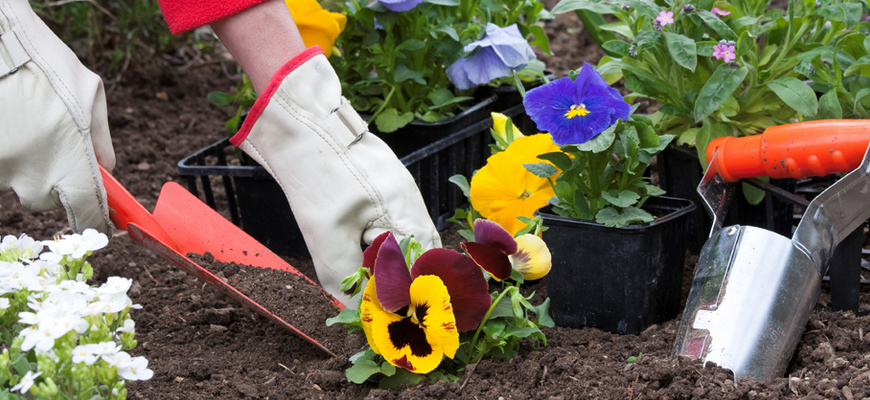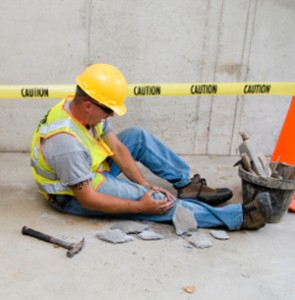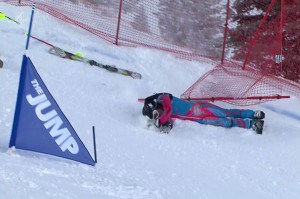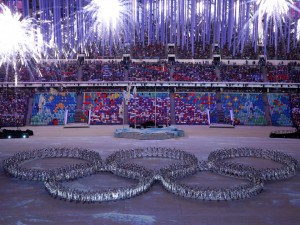Spring weather in the Pacific Northwest is beautiful and although we still have rain showers, it is the best time for gardening and getting in some spring cleaning. If you are like some of us here at OSS, gardening is a popular hobby. Over time however, it can take a toll on your body. Creating a dream garden requires repetitive bending, kneeling, reaching, and twisting that may result in putting an extensive amount of strain on your muscles and joints.

According to Dr. Scott Ruhlman, “Spring time is a great time to get outside and do yard work. In this case the old adage rings true, that an ounce of prevention is much more than a pound of cure. Use the proper tools and body positioning when gardening. I am not only a hand surgeon but an avid gardener too.”
Raking, digging and planting may present injuries and OSS would like to share some helpful tips to keep you pain-free while you garden:
- Sunscreen – Fair-weather skin tends to burn faster and in the Pacific Northwest when we see the sun peek out from the clouds, we rush to catch some of those sunshine rays. Use sunscreen with SPF and wear a wide brimmed hat.
- Light Stretching and Walk – Before you take on your dream garden, do some light stretching so that your muscles can warm up and take a short walk to get your blood flowing.
- Spread out your Workload – If your garden took a toll over the winter months, pace yourself and spread out the work; this gives you the opportunity to see your garden progress and prevents you from injury by doing all the work at once.
- Kneeling vs. Bending – Place less strain on your back by avoiding bending; kneel instead. Wear kneepads and use a cushioned mat to comfort your knees while working on the ground.
- Keep Moving – Long periods of time in one position will put stress on your muscles and joints; so keep moving so that you avoid overworking specific areas of your body
- Lift Cautiously – Lift with your legs and not your back when carrying heavy loads and remember to hold objects close to your body when lifting.
If you believe you are suffering from a gardening-related injury and need specialized orthopedic care, Orthopedic Specialists of Seattle provide excellent treatment options available for you. Please feel free to contact OSS at (206) 633-8100 to schedule an appointment or consultation with Dr. Ruhlman.


 The 2014 Sochi Olympics has had a fair share of injuries, none more so than the extreme sports that were added to the winter games as a way to attract a younger audience to watch and show interest in the Games.
The 2014 Sochi Olympics has had a fair share of injuries, none more so than the extreme sports that were added to the winter games as a way to attract a younger audience to watch and show interest in the Games.  According to
According to 